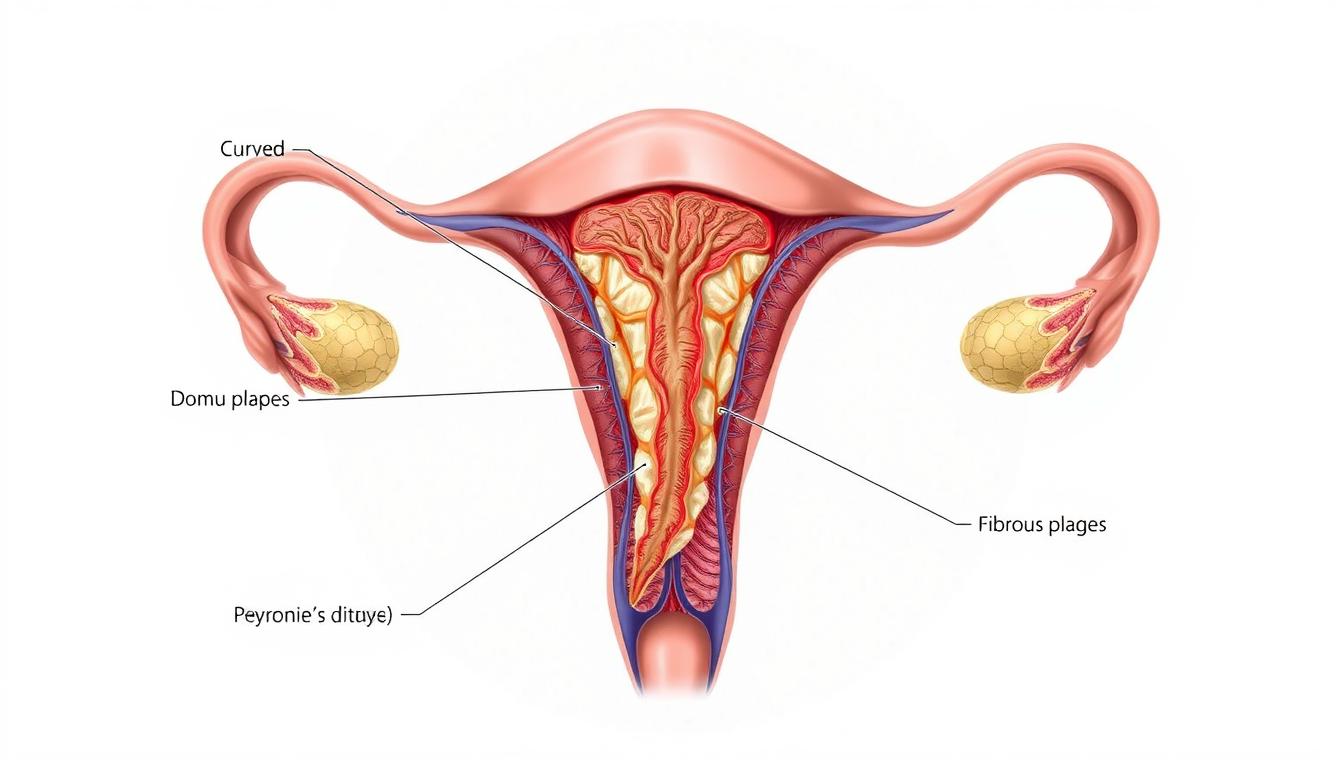How to Say Happy Passover in Hebrew
Passover is a vital Jewish holiday that unites generations through cherished traditions. By learning to say “Happy Passover” in Hebrew, you honor this celebration’s cultural significance.
“Pesach Sameach” is the traditional Hebrew greeting for “Happy Passover”. “Sameach” means “happy” and comes from the Hebrew word “Simcha”.
To pronounce these greetings correctly, say “PAY-sock” for “Pesach”. For “Sameach”, say “sah-MEY-akh” with a hard “k” sound at the end1.
Ключові висновки
- Learn authentic Hebrew Passover greetings
- Understand the cultural significance of language
- Practice proper pronunciation of Hebrew terms
- Respect Jewish holiday traditions
- Connect with cultural heritage through language
Understanding Passover and Its Significance
Passover is a profound Jewish holiday with deep historical and religious meaning2. It celebrates the Israelites’ journey from slavery to freedom. This powerful story connects generations through resilience and hope3.
Biblical Origins of Passover
Passover’s roots go back about 3,400 years to the Exodus from Egypt3. The Israelites endured 210 years of harsh slavery before their freedom3. Ten devastating plagues finally convinced Pharaoh to release the Jewish people3.
Passover’s Changing Dates
Passover starts on the 15th day of Nisan in the Hebrew calendar4. Its date changes yearly in the Gregorian calendar. In 2024, the holiday runs from April 22 to April 30 at sundown3.
The Meaningful Seder Celebration
The Seder is a symbolic feast rich in tradition. It includes four ritual foods: wine, bitter herbs, green vegetables, and matzah3. The Seder plate has six dishes representing different aspects of Jewish slavery:
- Karpas (vegetable): Represents tears of suffering
- Maror (bitter herbs): Symbolizes the harshness of slavery
- Charoset: Reminds of the mortar used in labor
- Zeroah (lamb bone): Reflects traditional sacrifices
Children play a key role by asking questions during the Seder. They also search for the hidden afikomen2. Passover highlights freedom, resilience, and remembrance for Jewish families worldwide2.
Say Happy Passover in Hebrew: Essential Greetings and Pronunciations
Celebrating Passover in Hebrew means knowing the right greetings. The most common phrase is “Chag Pesach Sameach” (חג פסח שמח), meaning “Happy Passover”5. Non-Hebrew speakers might find it tricky to pronounce.
The phonetic guide for “Chag Pesach Sameach” is “khahg PEH-sahkh sah-MAY-akh”5. Mastering this phrase will help you spread festive cheer during the holiday.
Протягом פסח עברי (Hebrew Passover), you’ll want to know a few key phrases. These greetings will help you connect with friends and family during the celebration.
- Chag Sameach – A general “Happy Holiday” greeting
- Pesach Sameach – Specifically “Happy Passover”
- Chag Kasher v’Sameach – “Have a happy and kosher holiday”
“Pesach” (פסח) is a word rich in meaning. It appears about 12 times in religious texts5. These greetings are more than words; they connect you to a deep cultural tradition.
| Hebrew Phrase | Переклад англійською | Вимова |
|---|---|---|
| חג פסח שמח | Happy Passover | Chag Pesach Sameach |
| חג כשר ושמח | Happy and Kosher Holiday | Chag Kasher v’Sameach |
Щоб покращити свій Hebrew Passover vocabulary, focus on the guttural ‘ch’ sound. This can be tough for English speakers. Listen to native speakers and practice repeating the phrases.
With some practice, you’ll sound more authentic when giving holiday greetings. Your efforts will be appreciated by those celebrating this important Jewish holiday.
Висновок
Hebrew Passover greetings connect us to rich cultural traditions. They offer a meaningful way to respect Jewish heritage. Using these phrases shows genuine appreciation for the holiday’s importance.
Mastering these greetings goes beyond pronunciation. It involves understanding Passover traditions deeply. The seder, with its 14 steps and symbolic foods, represents a profound cultural journey.
Using authentic Hebrew greetings can build stronger connections. It helps foster relationships with Jewish friends, family, and colleagues. Each greeting carries historical weight and emotional meaning.
From “Chag sameach” to “Chag kasher sameach,” these phrases show language’s beauty. The intention behind the words matters most. They express respect, warmth, and cultural understanding.
Обіймаючи Hebrew Passover greetings celebrates diversity. It builds bridges between communities. Perfecting pronunciation takes practice, but the effort to connect is valuable.
Sharing these phrases means joining a generations-old tradition. It spans continents and brings people together. The Hebrew Passover greetings offer a unique way to show cultural appreciation6.
FAQ
What does “Pesach Sameach” mean?
How do I pronounce “Chag Kasher v’Sameach” correctly?
Why do Passover dates change each year?
What is the significance of the Seder during Passover?
Are there different ways to say “Happy Passover” in Hebrew?
What is the historical origin of Passover?
Is it important to use Hebrew greetings during Passover?
Посилання на джерело
- How to Say Happy Passover in Hebrew: 8 Steps (with Pictures) – https://www.wikihow.com/Say-Happy-Passover-in-Hebrew
- Meaning behind Jewish Pesach festival explained and how to say ‘Happy Passover’ in Hebrew – https://inews.co.uk/news/passover-what-meaning-jewish-pesach-festival-explained-how-say-happy-hebrew-2255354?srsltid=AfmBOoqCvTA3MZxvjX-5pOReFkACeGH45U9tmoNs4XWEsisFRXjXVDyo
- Passover – Jewish Holidays Explained – https://pjcc.org/jewish-life/jewish-holidays-explained/passover/
- Commentary: Understanding the meaning of Passover – https://www.jbsa.mil/News/News/Article/3342882/commentary-understanding-the-meaning-of-passover/
- Shabbat Blessings for Friday Night | My Jewish Learning – https://www.myjewishlearning.com/article/shabbat-blessings/
- Expressions and Greetings – Judaism 101 (JewFAQ) – https://www.jewfaq.org/expressions_and_greetings
новини через вхідні
Nulla turp dis cursus. Ціле число liberos euismod pretium faucibua








